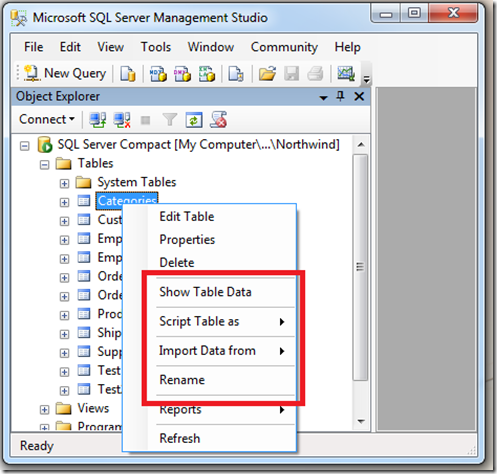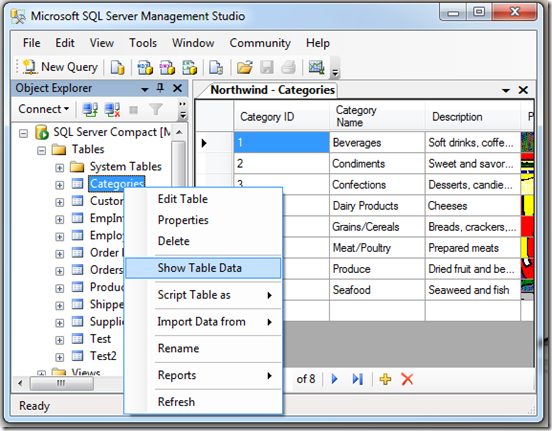I will be hosting a Birds-of-a-Feather Lunch at the PASS Summit, Seattle, on Tuesday, November 3, 2009 at 11:30am-1:30pm.
My subject of course will be “SQL Server Compact - The little database that could”, where I will be present to discuss the small and big features of SQL Server Compact, and note any ideas, issues and feedback you have for the product. I addition, I would like to hear any wishes that you may have for the next version of SQL Compact for Tools and Programmability. I will gather your ideas and feedback and pass them on to the product team.
See you there!



